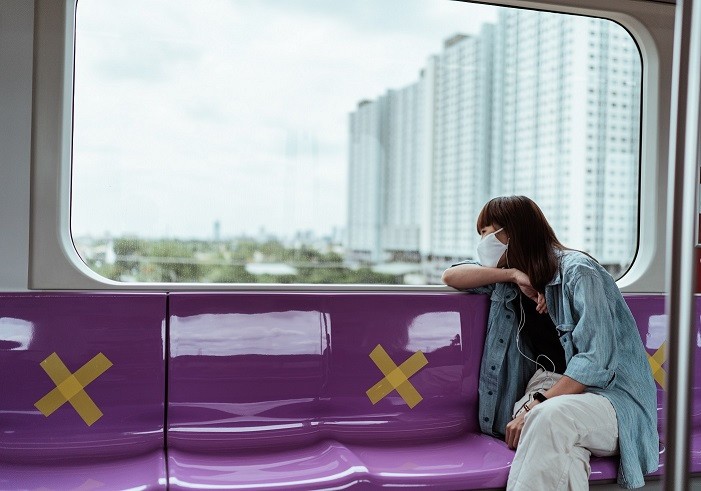New public-transport challenges for itss in the COVID era

The worldwide health-, social- and economic-crisis sparked off by the COVID-19 pandemic impinges on all ambits where social-distancing and hygiene requirements are to the fore. A case in point is collective public transport. ITSs offer various systems and strategies that can help operators and authorities to provide passengers and workers with a safe and secure environment.
The first of the new challenges posed is to observe social-distancing requirements in an environment like public transport where crowds and crushes are frequent. Vehicle occupancy and ridership therefore need to be kept to a given threshold level. In the case of means of transport like the bus, where seats cannot be booked beforehand and passengers can travel standing up, ITSs can input powerful and useful tools like real-time ridership counting, allowing drivers to keep track of bus occupancy at all times and limiting ridership to suit, advising the control center of the need for any reinforcement buses.
Avoiding contagion and safeguarding passengers is another stiff challenge. Two crucial factors here are enforcing the compulsory facemask-wearing rule and stopping anyone with symptoms from boarding the bus. Some cities like Hangzhou in China or Buenos Aires have been trying out pilot schemes in which buses are fitted with thermal-imaging and facial-recognition cameras. These cameras trip an alarm if a boarding passenger is running a temperature higher than a certain threshold or is not wearing a facemask. These systems are very efficient but they may fall foul of personal data protection laws; they also call for a hefty outlay. Their takeup in Spain has therefore been modest as yet.
Cash transactions represent another significant public-transport risk vector. Cutting out cash is a challenge that transport authorities have been tackling for some years now, but they always run into the problem of ad hoc users who want to travel without a farecard. This problem can now be solved by fitting the buses with EMV-enabled validators, allowing passengers to use their bankcards to pay the fare in the same way that a contactless farecard would be used.
GMV’s inhouse technology is helping to set up transport measures and systems of this type. It is now developing EMV-enabled validation equipment, ridership counting systems combined with planning and fleet-management tools, while also testing out facial-recognition and temperature-reading equipment.
Author: Isidro Prieto Valderrey